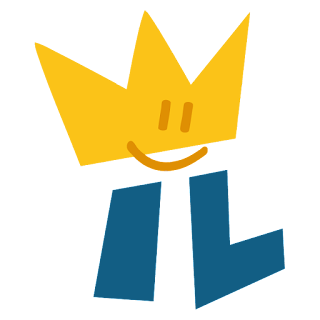Using the Literacy Approach with university students: a personal observation
This week, rather than talking about the Approach as such, I'd like to share with you something that happened a few days ago in my classes at university. On Monday I asked the students to think about a frightening experience they had had, and eager as they are as first-year students, and seeing that writing about a frightening experience was their first task, by our next class on Wednesday some of them had already uploaded their assignments for me to correct. We spent the whole two-hour session working on stories, distinguishing between stories and reports, talking about plots, looking at plot diagrams, and correcting a story written by a former student. At the end of the session the students confessed that they had already uploaded their stories and asked me if they would be able to delete them. When I told them I would have to do so for them they were dismayed and begged me "not to look at them"! For me this was the best feedback I could have wished for. The students had realised that the stories they had written were simply not good, and they didn't need the teacher to tell them. Also, they now felt they had the tools to write good stories. What they don't know yet is that there still is more to discover: next week we are going to look at strategies to create tension 😊
This, for me, is the beauty of the Approach: that it makes students aware of texts and how they work, and it gives them the necessary tools to write (or produce) good texts. And somebody may now think that this is easy to do with university students, but can't be done with younger children, but the truth is it can! We will, of course, adapt the text chosen as a model to students' age and ability, and we will adapt the expectations about the texts students are going to produce to their level. But students of all ages can think about text and discover how texts work!




Comments
Post a Comment